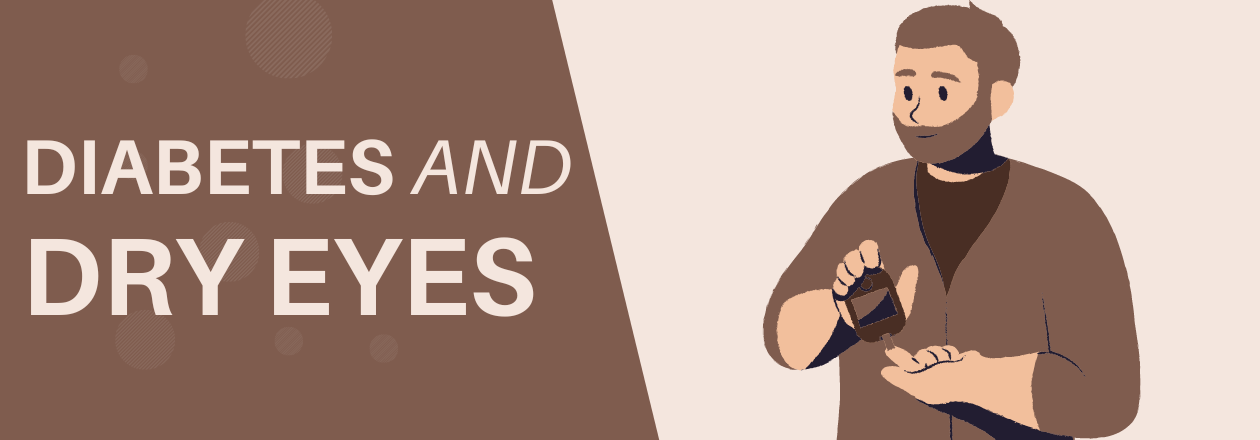We are able to detect lots of systemic diseases just by looking into the eyes. By looking at the blood vessels in the back of the eye, the retina, we can detect signs of diabetes and heart disease. We are also able to detect signs of diabetes in the eyelids by problems with the meibomian glands. This where your local Eye Doctor can help evaluate these things.
What is Meibomian Gland Dysfunction?
Meibomian glands line our upper and lower eyelids and contain an oil-like substance called meibum. Each time you blink, meibum comes out of the gland to coat your tears and keep them on your eye longer. A healthy tear film relies on these glands to prevent tears from evaporating too quickly.
Meibomian gland dysfunction, or MGD, is where these glands become clogged which makes it harder for the oil to come out. The meibum becomes thicker and is poorer in quality. This results in irritation and dry eyes due to evaporation. If the MGD is left untreated, the glands will atrophy and cease functioning permanently which causes severe dry eye. Risk factors for MGD include natural aging, hormone changes, certain medications, and medical conditions, diabetes included. Again, this is why diabetes and dry eyes go hand in hand so often.
How Does Blood Sugar Affect Meibomian Glands?
There was a study performed in 2020 that was published in The Journal of Endocrine Society that looked at the link between uncontrolled blood sugar and the ability of meibomian glands to function properly. They found that elevated A1C levels can cause the meibomian glands to atrophy. We know that diabetes damages small blood vessels in the retina, but that also includes the blood vessels that supply the meibomian glands with oxygen and nutrients that they need to survive and function. Researchers also suggest that insulin resistance may affect the meibomian and sebaceous glands. Also, high blood sugar can impact the quality of the meibum.
If you are experiencing dry eye symptoms it is important to schedule a comprehensive eye exam with your eye doctor to determine the underlying cause. This is important to catch early before the glands become irreversibly damaged. This is why diabetes and dry eyes go hand in hand so often.
Treatment for MGD
I will dive into depth quite a bit deeper on dryness in a future post, but a shorter version for the treatment is below.
There are a few different reasons for dry eyes and with MGD the main treatment are omega 3 vitamins. You can find a link to the ones that I recommend to my patients here.
That is an Amazon affiliate link and will take you to the exact product on Amazon.
